From a Love of Theater to a Life in Movies — and a New Kind of Screen Performance
In a stunning scene in Kong: Skull Island, a giant lizard-like creature attacks Kong. The two battle furiously. Kong is exhausted. And then Samuel L. Jackson fires napalm bombs and the environment bursts into flame. Kong is on fire. He can’t breathe. He collapses. We don’t know if he’s alive or dead.
Industrial Light & Magic animator Stephen King worked on that shot and others from the Legendary Pictures monster movie, directed by Jordan Vogt-Roberts and distributed by Warner Bros. The film has earned nearly $400 million at the global box office to date.
“One of the great things about this film,” King says, “and most challenging for the animators, is that yes, this is a massive creature who has to fight, but he also has emotional moments when he’s quiet. When he’s sitting, licking his wounds. The moments he has with human actors. He’s more than just a big beast running around screaming and yelling.”
For that shot of Kong collapsing after the battle, King filmed himself.
Animators in the Acting Room
“We have an acting room that most of the animators use,” King adds. “You want everything to feel as lifelike as possible. We get those details from filming ourselves. The shoulder moving ‘this way’ when I hit the ground. What does this part of the cheek do when I smile? How does it react when I’m being mad? You have to be cognizant of each control and each layer. Everything has to be thought through. It’s quite intensive work.”
To help nail Kong’s character through his body and face performances, the animation team also considered motion-capture data from sessions with actors Terry Notary and Toby Kebbell.
“We used their movements as reference — we like how he’s moving here, this feels more like Kong — but this was mainly a keyframe show,” King says. “And Terry and Toby were not involved in the fighting sequences, so we’d act those out and then animate.”
As the animators acted out Kong in their acting room, considered motion-capture reference, and worked on shots, Kong’s character evolved.
Less of a Gorilla, More of a Monster
“When we started out, we did a lot of tests acting like he would be a big gorilla,” King says. “We looked at gorilla reference. We had him on all fours. And then, over the course of time, Jordan wanted him to be less of a gorilla. He referenced the 1933 movie of Kong. Kong would have his moments, but Jordan wanted him to be more of a monster, a super-human blend.”
King gives an example from a shot he worked on.
“I was doing tests for a shot in which Kong raises himself up,” he says. “At first I had him push up on his knuckles, but it just didn’t feel right and Jordan wasn’t buying into it. So, we went back to how a human would use his hands and fingers. It looked more human, but it felt right.”
Biggest. Kong. Ever.
The animators also needed to come to grips with Kong’s size.
“Our Kong is bigger than he’s ever been — he’s 100 feet tall,” King says.
The personal reference and motion capture sessions with Kebbell and Notary gave the animators an idea of how a six foot human would move through a shot, but not the mass of a heavy animal.
“When Kong swings a punch, it takes more energy and time to make that fist move,” King says. “At the same time, once his fist gets going, it goes fast, so it takes more energy to stop. It’s one of those dilemmas. We didn’t want to make him feel like he’s in slow motion. But when he shifts his weight, it takes longer to settle into it and to recover from getting hit. We had to pick our moments and add time where necessary.”
Working Through the Details
The animators work by blocking out big actions, posing the characters or creatures by moving controls attached to their limbs to position them. Then, once that big action is approved, they begin adding detail, layering on facial animation, and muscle movement.
“Detail after detail,” King says. “It’s not a real-time thing. I worked on Kong for almost eight months and I think my work represents maybe three minutes of screen time. It is acting. But we don’t work like actors. It takes weeks, sometimes months, to animate a shot, and it might mean changing ideas in the middle to do something better.”
In addition to Kong, King helped animate dragonflies, the lizard-like skullcrawlers and a sequence with a water buffalo pinned beneath a helicopter.
“Everything doesn’t have to be a giant hero shot,” he says. “The water buffalo doesn’t have a lot of body movement, but it has to react to [actor] Brie Larson, be scared of her, unsure of her intentions. We wanted him to feel alive, have life behind the eyes.”
The same with Kong.
“There were a lot of these finer and softer moments,” King says. “It’s not just his face moving. His face moves because of a feeling, an intention. The audience knows when it doesn’t feel real. I originally wanted to be an actor, so I enjoy those bits. I like characters where I can do a bit more acting.”
A Life in Theater
Inspired by his mother, who handled marketing and PR for theater companies and festivals in Vancouver, King was embedded in a theatrical world from a young age.
“I got to see all the plays, the operas, the dress rehearsals,” he says. “In high school, I joined a theater company. I wanted to be a movie star. But in Vancouver, that meant being a guest star on The X-Files and having a secondary job as a waiter. And in my last year of high school, I saw a video of myself acting and wasn’t comfortable with it.”
So, he thought, if not a movie star, maybe something in broadcasting. Maybe a weatherman. But after a year studying meteorology in college, he knew he had no passion for that. He loved movies.
“I took a job in a video store,” he says.
And then, one day, a friend told him about a part-time course in animation that he was taking. He told King that he could act through a digital creature.
“I thought, ‘Yes! This is what I want to do!” King says. “I could act, but with the comfort of not having to be in front of a camera or be on the spot. I remembered that, when I was 13 or 14, I saw The Lost World: Jurassic Park, and realized that movies weren’t constrained by just acting any more, that there was a whole new level of storytelling from these digital characters. My imagination came alive. Later, when I made that shift in thinking about acting through animation, I remembered that moment. I realized that I had felt like this since I was 13.
A Career in Animation
King has now been an animator for 17 years, the last eight with ILM. At ILM, he has received two Annie nominations for outstanding character animation for his work on Captain America: Civil War and The Avengers.
After graduating from the Vancouver Film School, King had worked at Mainframe Entertainment for five years, landed a job on the Oscar-winning animated feature Happy Feet with George Miller in Australia, then returned to Vancouver to work for Rainmaker Entertainment. When a project there suffered a delay, he had dropped off his reel at ILM and a few other booths at SIGGRAPH. He was expecting to hear from one of the other companies when ILM called.
“They called me out of the blue,” he says. “I think I hit puberty again. My voice cracked. It was like getting a call from the president. I was interviewed on the phone by supervisors on Transformers 2 [Revenge of the Fallen]. I told them I wasn’t happy they’d killed off my favorite [of the] cartoon Transformers, Jazz. For some reason, I thought that was a good thing to tell them. My mom was in the other room and she said, ‘Why did you tell them that?’”
But, a couple of phone interviews later, King was on his way to San Francisco.
Robots, Superheroes and Dinosaurs at ILM
“The fantastic thing about working at ILM is that everything you’ve been inspired by is here,” he says. “I got to work on Jurassic World, which was like being 13 again. The comic book child in me finally got to play with all these characters I read about when I worked on Avengers.”
He also worked on Star Wars: The Force Awakens, Teenage Mutant Ninja Turtles, Noah, Pacific Rim, and Star Trek Into Darkness. His favorite, though, is director Gore Verbinski’s Oscar-winning Rango.
“I was so proud to work on ILM’s first animated feature,” he says. “Gore’s passion was infectious. It was such a tight-knit group. It will always be a special project to me. But I have favorite things from every movie. On Noah, I worked on the story of creation, from micro cells through the evolution of creatures from fish to apes. It was a long, continuous shot, the hardest I’ve had to work on. Each frame had to be different and everything was changing. I was excited to do Spider-Man in Captain America. And one of my favorite things to work on was a little bit of animation for the Hulk in Avengers. I’m inspired by the work other animators do here and, luckily, I work with the best people in the industry. We never work on a character by ourselves”
King is one of three people who are regularly called on to play characters such as Hulk in ILM’s on-site motion-capture studio, for data that animators can use as a starting point or for reference later.
“I’ve been able to put on the suit and act out some of the characters,” King says. “And I’ve seen some of my performances literally on screen. But as an animator, I’m not just acting. I get to do many different things. I get to play with toys — the Millennium Falcon, X-Wings.”
And sometimes, toys happen to be characters. King is currently animating giant robots for Michael Bay’s latest film, Transformers: The Last Knight, scheduled for release June 23. It’s his fourth Transformers film.
“Working on Transformers is never dull,” King says. “There’s never a shot that doesn’t push me at some level. Michael Bay wants things to be as cool as they can be and if it’s not the best it can be, he’ll let you know. I respect that. I want my work to be the best it can be.”
It’s an attitude that you can imagine borrows from and feeds the rest of his world, as well.
All of the Sports
“I’m a huge sports fan,” he says. “My friends ask what sports I like and I answer, ‘All the sports.’ I raced sailboats as a teenager. I play tennis a lot. I go skiing. I love to surf — that’s become my thing. When I spend 90 percent of my day in a chair in front of a computer, I feel the need to be active to keep my body in balance. I do Tough Mudders. Running is boring.”
Tough Mudder competitors tackle extreme obstacle courses designed by the British Special Forces while running through 10 to 12 miles of mud.
“At first I trained for it, but then I realized it’s mental,” King says. “Being too hard on myself is one of my faults.”
But that same intensity has helped him succeed.
“There’s no real comfort zone in visual-effects movies,” King says. “Everything has to be different, because audiences have seen it all before.”
When you walk past the Yoda fountain in the courtyard outside ILM and into the lobby, one of the first things you see is a statue of Willis O’Brien holding Kong in an outstretched hand.
“Before I started working here,” King says. “I dreamed about what my first day would be like. I still remember that sense of fear as I imagined walking down a hall with the history of film on the walls. It was a little like our sky bridge here between the buildings with all the models and miniatures.”
“Even now, after years in the industry,” he adds, “I try not to take this job for granted. I love my job. Being in animation pushes me. There’s never a day when it’s not interesting.”
Crafts: VFX/Animation
Sections: Creativity
Topics: Profile Project/Case study Animation creature vfx ILM
Did you enjoy this article? Sign up to receive the StudioDaily Fix eletter containing the latest stories, including news, videos, interviews, reviews and more.
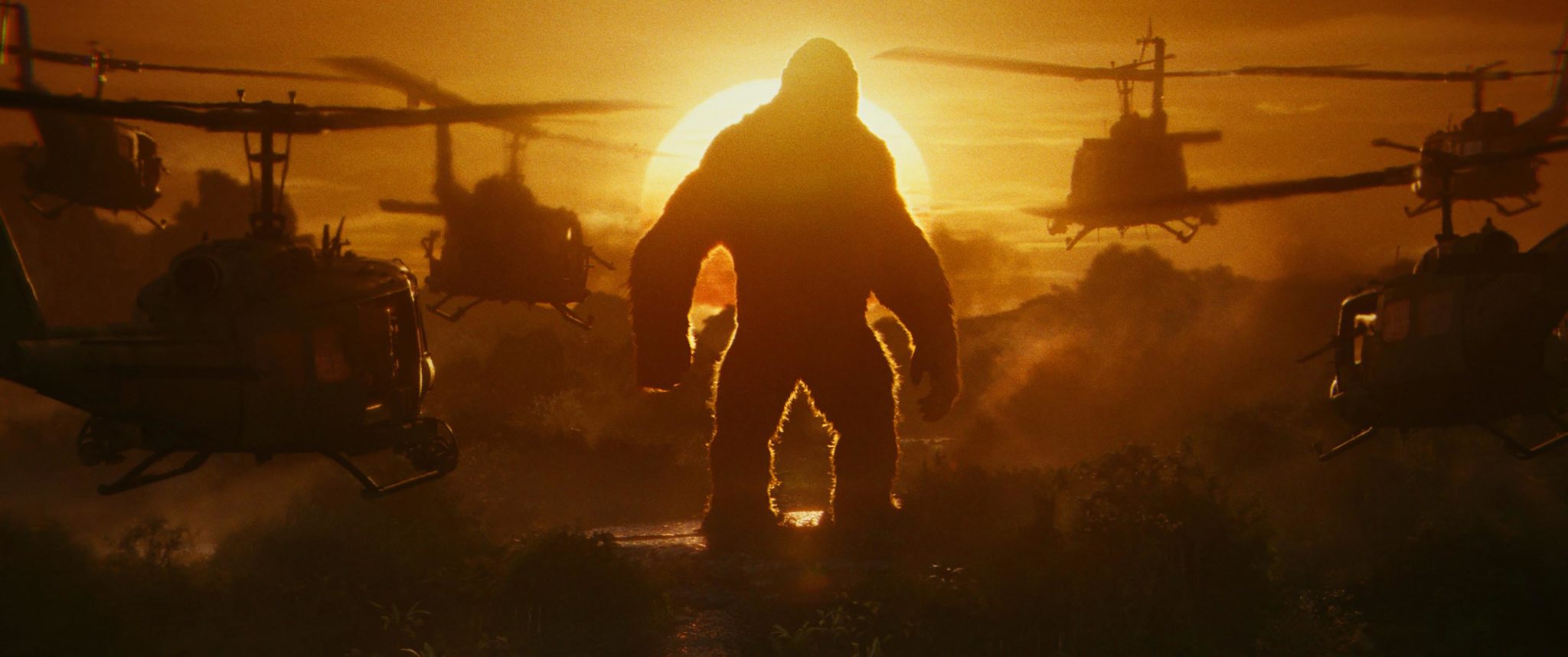
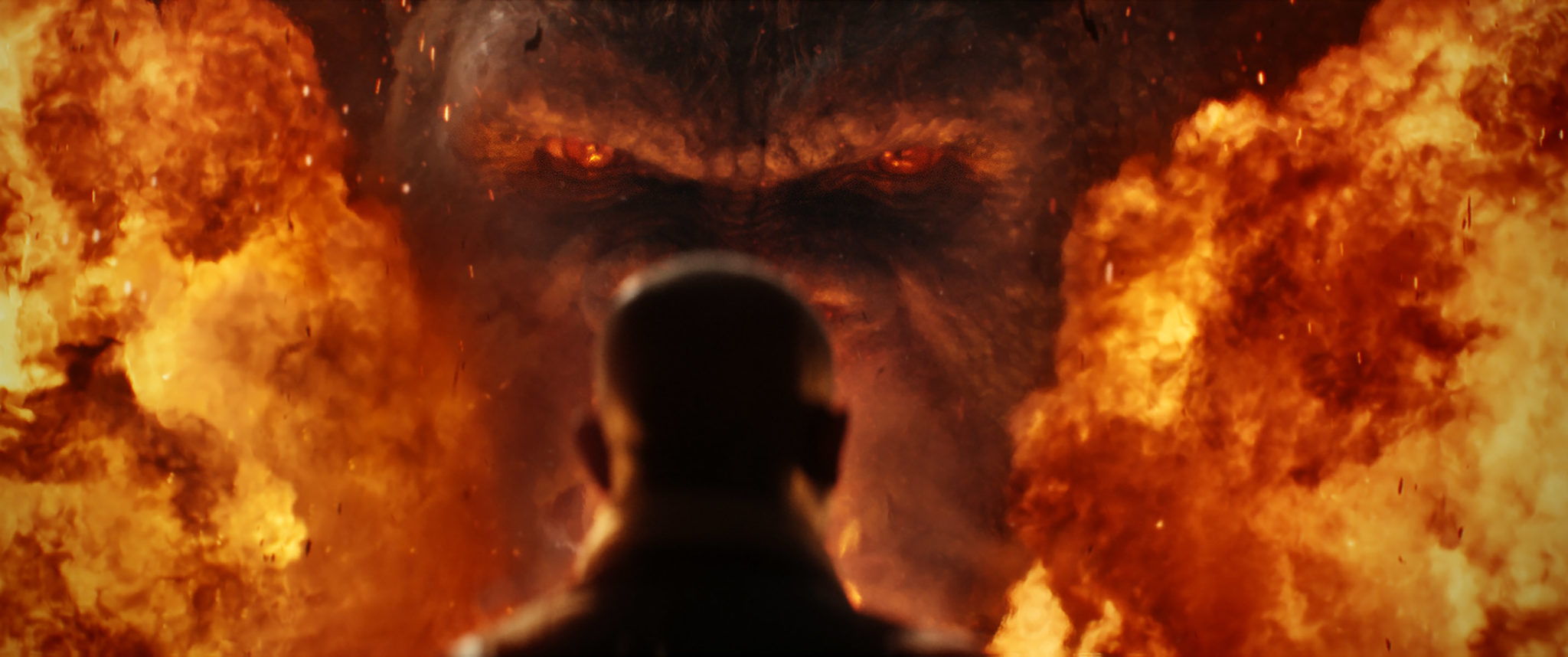
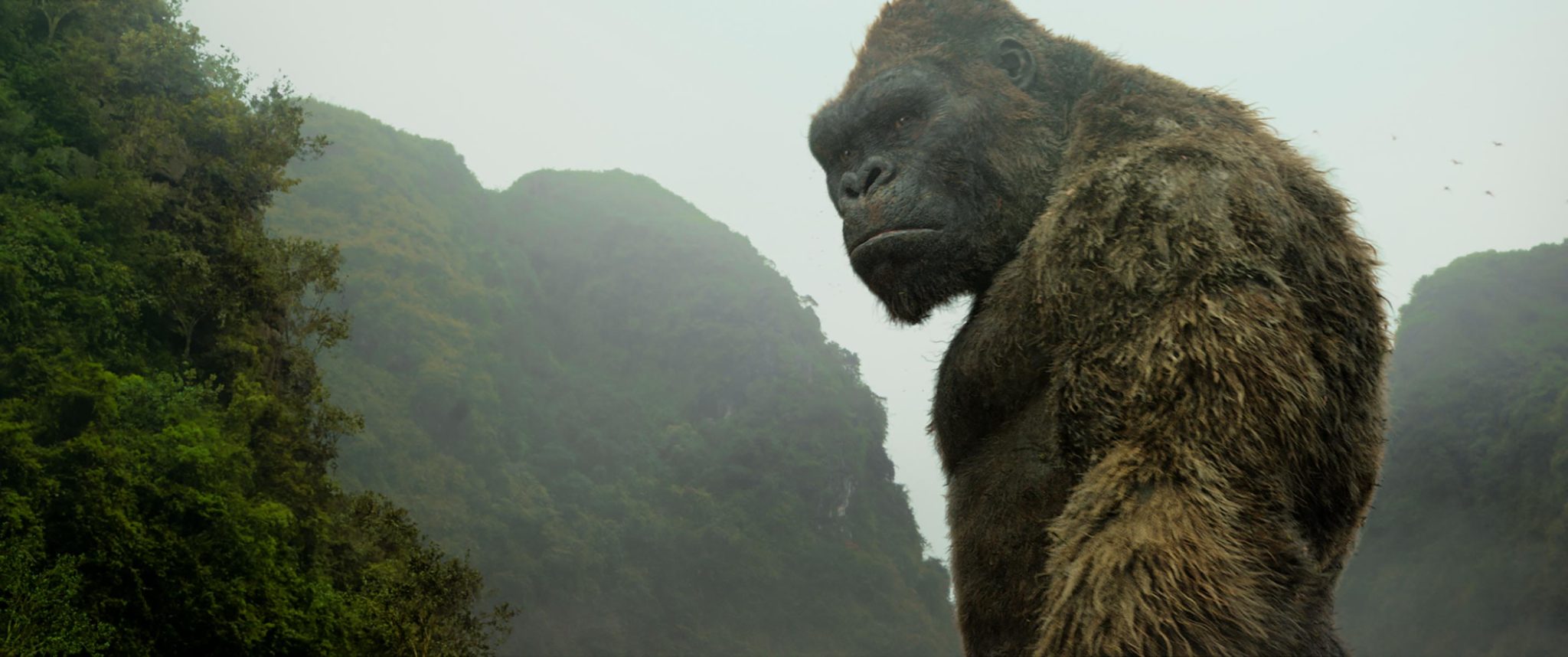

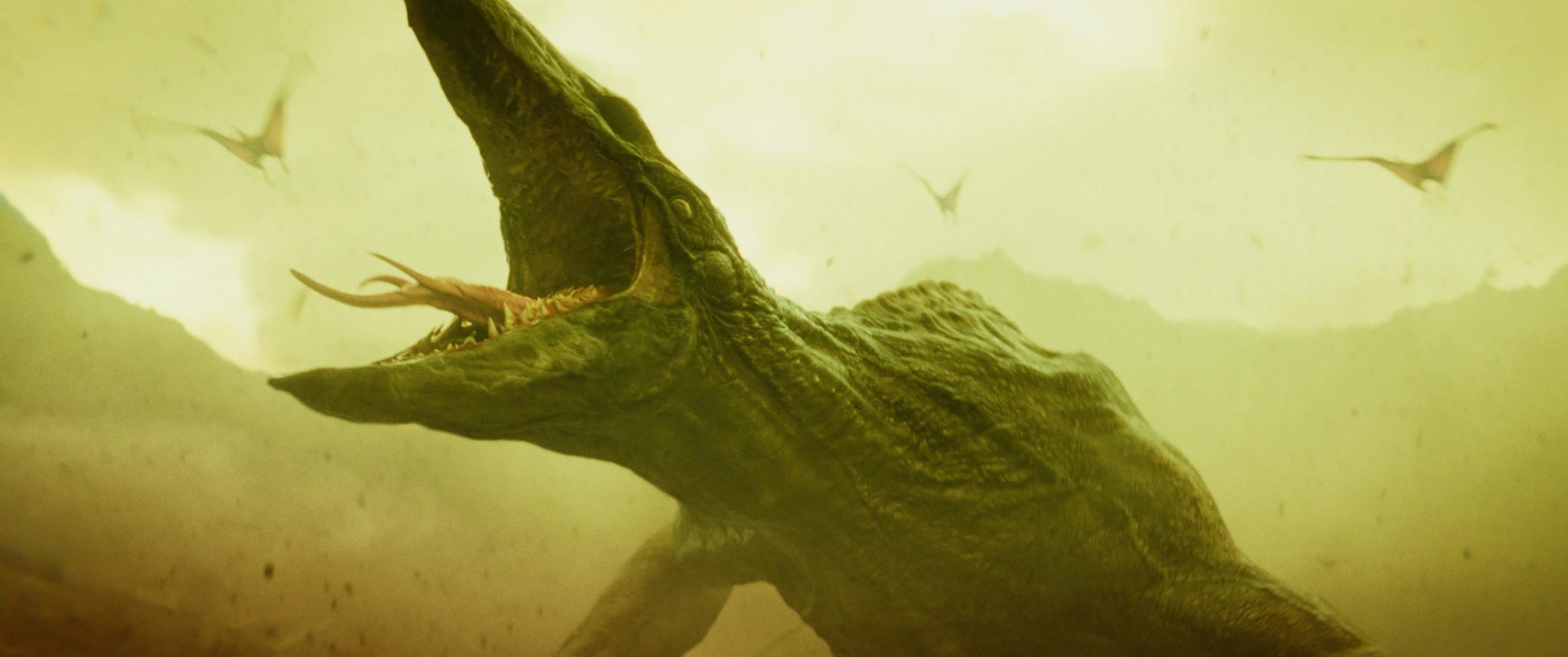
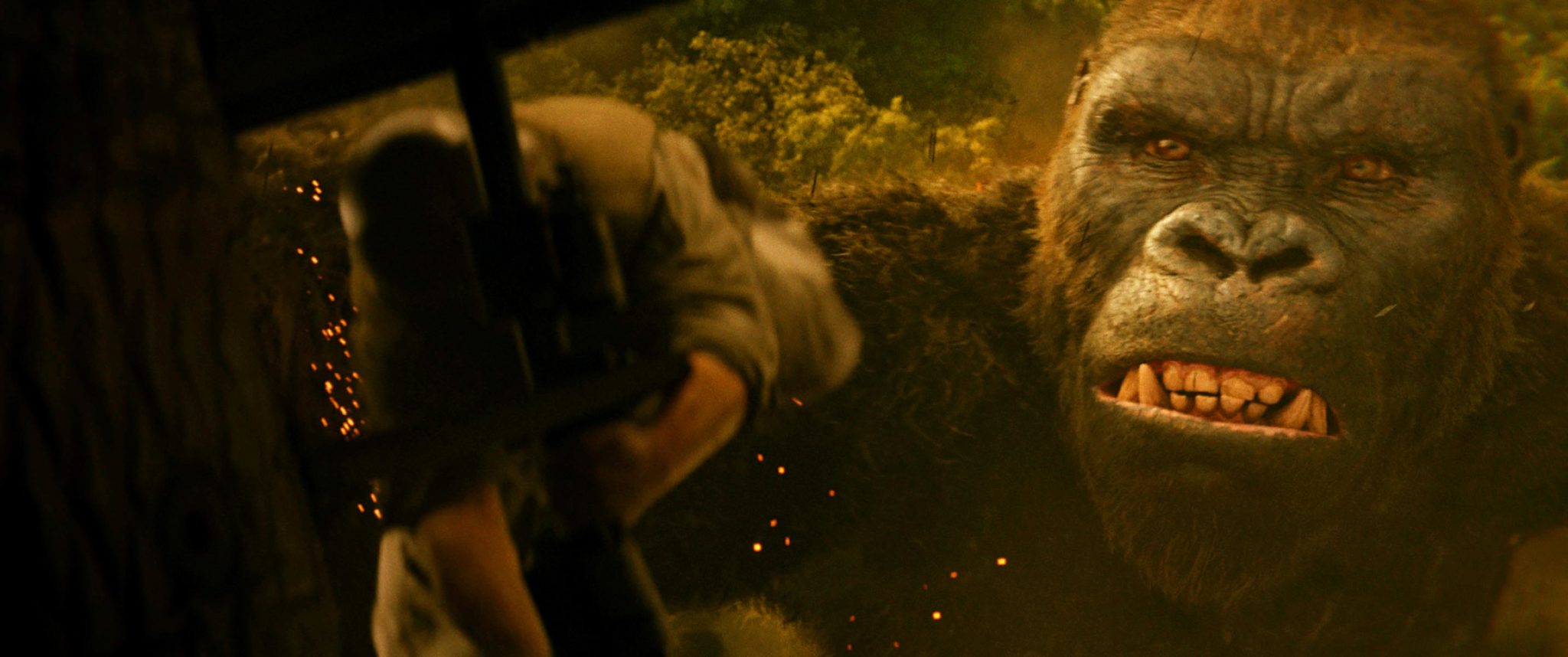

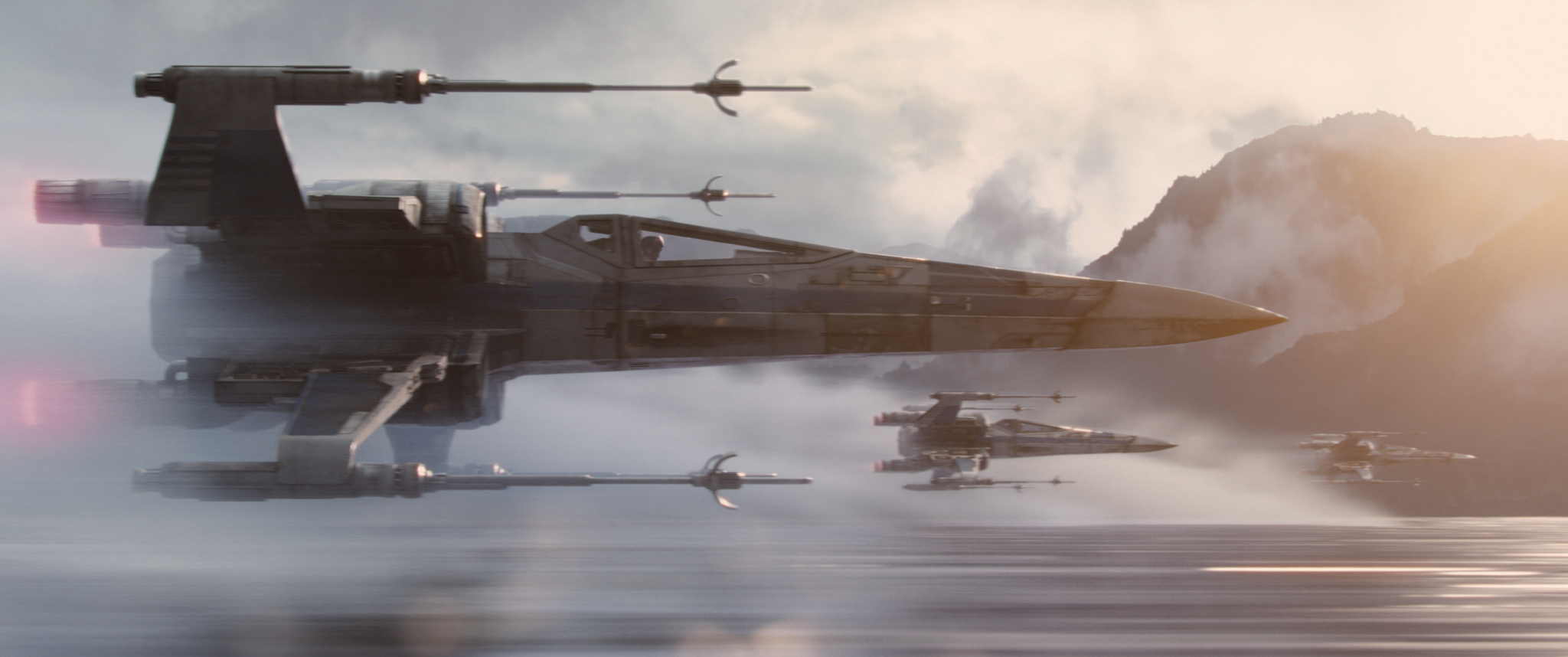
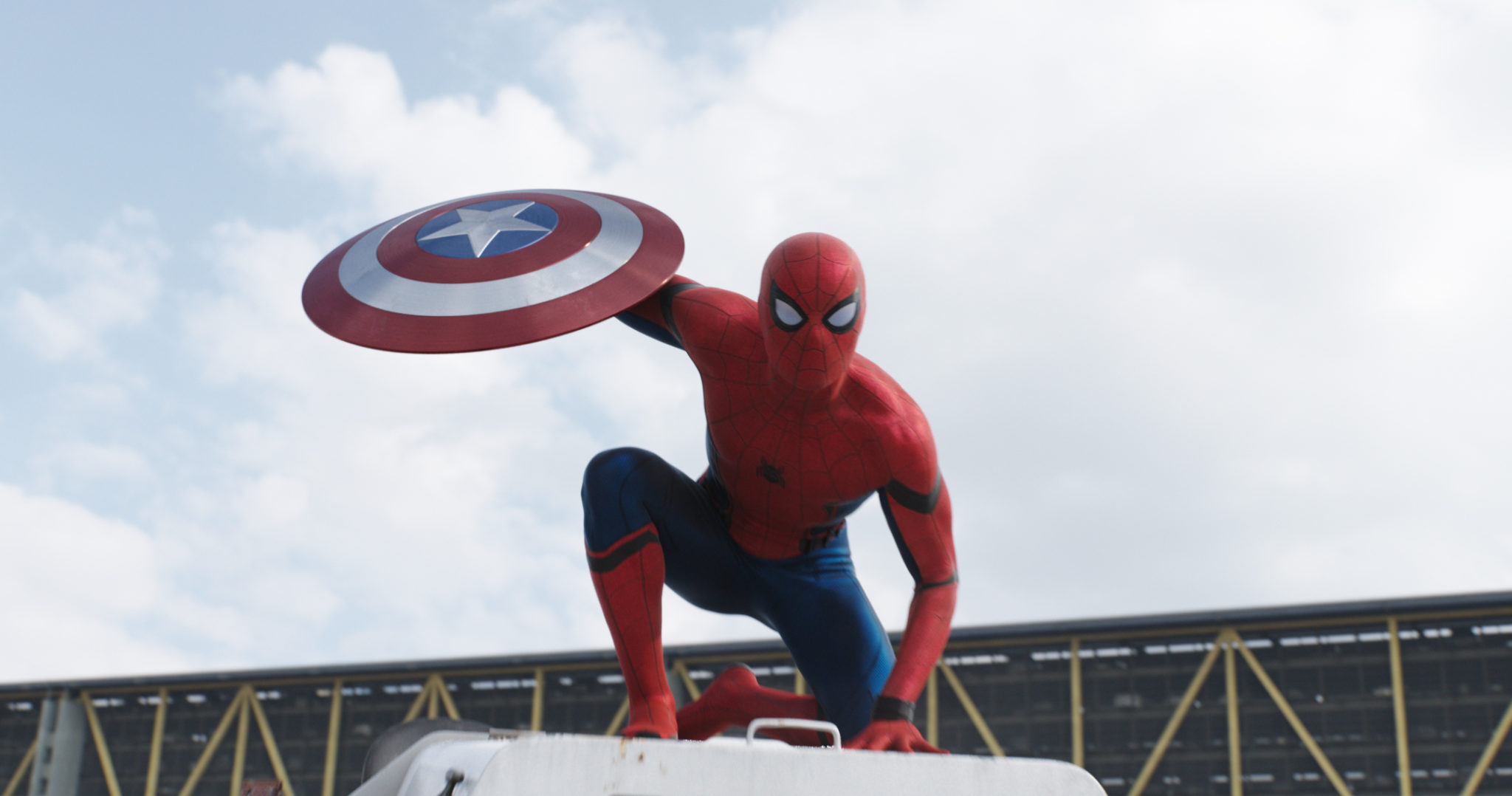










Leave a Reply